The Body Mass Index is the most effective way to estimate your body weight. It is a tool approved by the World Health Organization. Each number in this index has a special meaning, as it measures the amount of fat in your body. This article will talk about everything you need to know about BMI.
How to calculate BMI?
The formula for calculating BMI is relatively simple. The World Health Organization has set it as a standard for detecting a weight problem in an individual. To get your body mass index, you need your body height and weight.
Simply divide your weight in kilos by your height and add it to the square. This index is only reliable for adult men and women between the ages of 18 and 65. However, it is not effective on pregnant or breastfeeding women, nor on people who are involved in high-level bodybuilding. It cannot be used with senior citizens and people who do endurance sports.
Interpretation of BMI according to WHO
Each number that results from this calculation has a particular meaning according to the World Health Organization.
- An index of less than 16.5 means that you are an undernourished person. You are suffering from malnutrition, which is a very critical case, because it can be a source of health problems or lead to health problems if you do not do what is necessary to fight it.
- An index of 16.5 to 18.5 means that you are thin. Therefore, it is necessary to do what is necessary to gain weight. Nowadays, many methods are proposed for people who want to gain weight, but nothing beats consulting a doctor who can follow your progress at regular intervals.
- A normal BMI is between 18.5 and 25. In this case, you are neither overweight nor skinny. To maintain this weight, you only need a balanced diet and regular exercise.
- A BMI above 25 is considered overweight. It is the category that is different. Up to 30, you are only overweight, which in itself is not yet alarming, but you can already rectify it by eating well and by practicing physical activity. We start talking about obesity at 30 to 35. From this point on, your health is in danger, so you should think about consulting a doctor. A BMI of 40 is considered severe obesity and over 40 is morbid obesity. Whether it is one or the other, they represent a big risk for your health. At this stage you cannot start a diet alone. You need intensive activity, but above all a new way of eating.
A summary table below will be available.
Numbers that mean a lot
Having a normal body mass index may make you feel better about your weight, but it does not make you feel better about your health. It only tells you that you have a healthy lifestyle. Being thin and obese, on the other hand, are signs that you should change your diet and lifestyle in general. Indeed, both of these results can quickly become a problem, as they can lead to many problems.
What is BMI?
The BMI or body mass index is a way of measuring, from two variants, your body mass. It is only applicable to adults. According to the National Heart, Lung and Blood Institute, it is a way to :
- Quantify your overweight or obesity.
- Estimate your body fat
- Prevent the risk of diseases related to excess weight.
The history of BMI
The person who developed the index we know today is Adolphe Quételet, in the 19th century. He was a Belgian statistician who pioneered the study of human growth. He made this discovery in 1932 and gave it its name, the Quételet index of obesity. It was he who came up with the formula we use today.
For a large part of humanity, obesity has always been seen as something positive and a sign of wealth. This view has only changed in the last hundred years. In fact, since the beginning of the 20th century, insurers have noted a certain relationship between the weight of their clients, cardiovascular diseases and mortality. Subsequently, life insurance contracts imposed a table of desirable weights.
At that time, if you exceed 20 to 25 % of this weighting table, you are considered obese. If your weight is over 70 or 100 %, you are considered morbidly obese. In 1960, the Quetelet Index was used as an indicator of weight in clinical studies.
When the Body Mass Index becomes an international standard
The authenticity of the Quételet index was first validated in 1970 by the Framingham study. In 1972, the researcher Ancel Keys confirmed this validation and renamed the index: BMI. It was in 1980 that the BMI became an international standard for determining an individual's body weight. It gained popularity from 1990 onwards.
Calculate a woman's BMI
When calculating your BMI, you are always asked your gender. The reason is that even though the formula is the same, women have more body fat than men. Any woman between the ages of 18 and 65 can calculate her BMI. However, a BMI does not take into account bone mass or your muscle mass. It also does not take into account the distribution of fat in your body. One way to calculate muscle mass and bone weight is with an impedance scale.
In fact, two women may have the same body mass index, but not the same body type. In this case, it is difficult to determine whether their weight is a health risk or not. Moreover, the body mass index does not tell you the presence of important fats which is the cause of cardiovascular diseases, among others. Other indications, calculating your body fat rate can help you realize that you need to change your eating habits.
If you want to know : How to calculate your body fat percentage?
Calculate a man's BMI
The calculation of a man's BMI is identical to that of a woman. Therefore, a man between 18 and 65 years old can rely on this indicator to determine his body weight. However, if you are an athlete the result may be fictitious. In addition, you may have a normal BMI, but it does not tell you the location of abdominal fat.
To reduce your risk of heart disease and type 2 diabetes, you need to get into the habit of measuring your waistline. To do this, you need to locate the bottom of your ribs and the top of your hips. Then measure with a tape around your waist from these points.
The normal waist size for a man is 94 or more. If you have a waist measurement of more than 102 cm, you should be alarmed and consult a doctor or dietician immediately to remedy this.
Calculating a child's BMI
When we are born, we have our health record. Many of us as adults have already consulted it. It is this little chart below.
Well, just like when you are an adult, you can calculate it in this booklet for your children when every 3 to 6 months you fill in the size information according to the child's age.
The calculation method
To calculate your BMI, you only need 2 pieces of information: Your weight and your height.
Here is the free BMI calculation: Kg divided by (Height X height)
For a man of 1m80 of 80 kg:
1.8 multiplied by 1.8 = 3.24 - So 80 divided by 3.24 = 24.69
For a woman of 1m65 of 57 kg:
1.65 multiplied by 1.65 = 2.72 - So 57 divided by 2.72 = 20.95
BMI chart :
| Between 16 and 18.5 | Skinny |
| Between 18.5 and 25 | Ideal weight |
| Between 25 and 30 | Overweight |
| Between 30 and 35 | Moderate obesity |
| Between 35 and 40 | Severe obesity |
| More than 40 | Massive and morbid obesity |
This table applies to both men and women.
If you were to calculate your body fat percentage, gender will be taken into account since women have more body fat than men.
Why can the BMI be skewed for muscular or athletic people?
Since BMI only takes into account your height and weight, if you are muscular, the result may be incorrect. When it comes to treating obesity, the determination of fat mass and its distribution is very important. From an indicator point of view, a muscular person can become obese. We will see the case of a bodybuilder below.
In addition, the distribution of fat mass is very variable for each individual. So it's not the BMI that will tell you if you have too much fat or not. So, a massive person with muscle is still considered obese by BMI, but is that really the reality?
A BMI can also be wrong for people who are very short or very tall. This indicator is then only useful for people who have an average height. Otherwise, you may have a body size that is not proportional to your body.
A pregnant woman cannot also rely on this index to determine her health, because logically, the weight of a mother-to-be increases every month. This is also the case when she is breastfeeding, she can neither diet nor deprive herself of certain foods useful for her baby.
Concrete examples
The same is true for marathon runners. Take for example Grete Waitz, a Norwegian marathon runner of 1m73 for 54 kg. In her case, she will be on the borderline of thinness according to her BMI.
As a general rule, marathon runners are at the lower end of the BMI range and other professional athletes in certain sports will be at the upper end, such as powerlifters.
Body mass analysis is more cumbersome than a relationship between weight and height. To get an accurate result, you have to analyze the atomic mass, the molecular level, the cellular level and the tissue level. A muscular person cannot then declare himself obese if he does not respect all these analyses.
For these people, if they are concerned about their body mass, they have to rely on another index like waist circumference instead and body fat percentage. A muscular person should have the right waist circumference even if they are overweight according to their BMI.
Let's take my example:
My case - Muscular person in period of dryness with 22 years of practice of bodybuilding:
Today I am 1m78, 93 kilos to date - May 11, 2019.
My BMI result: 29.7
So I am overweight. To be within the norms, I would have to weigh 79 kg.
Again, the notion is not reliable since I could be 79 kilos and not be muscular but have a lot of fat.
Conclusion
Calculating your Body Mass Index gives you an idea about your eating habits. However, it is best to also calculate your body fat percentage.
If you don't do specific intense sports, it is absolutely reliable. On the other hand, for a very small part of the population, such as professional weight trainers or marathon runners, it will not be reliable.
Be careful though if you are in the middle of building muscles, it doesn't mean you can't use the method.
You also have other ways to know if you are in good health besides calculating your body fat rate, it is to take a blood test and to talk about it with your doctor. Indeed, you can have a good BMI and be in bad health and vice versa (have high cholesterol, lack of vitamins...). Nothing is better than a good health check-up to be sure.
Need to build up your muscles?
Other articles to read :
Knowing the morphotypes in bodybuilding

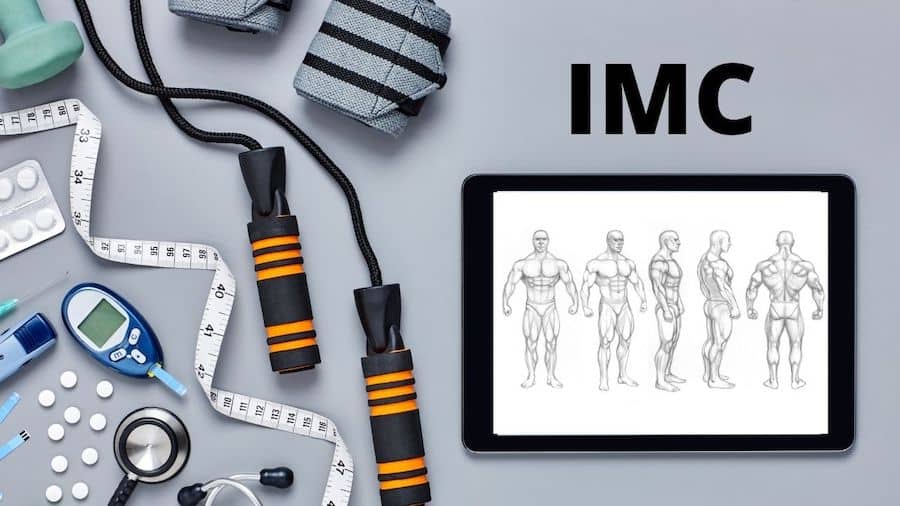


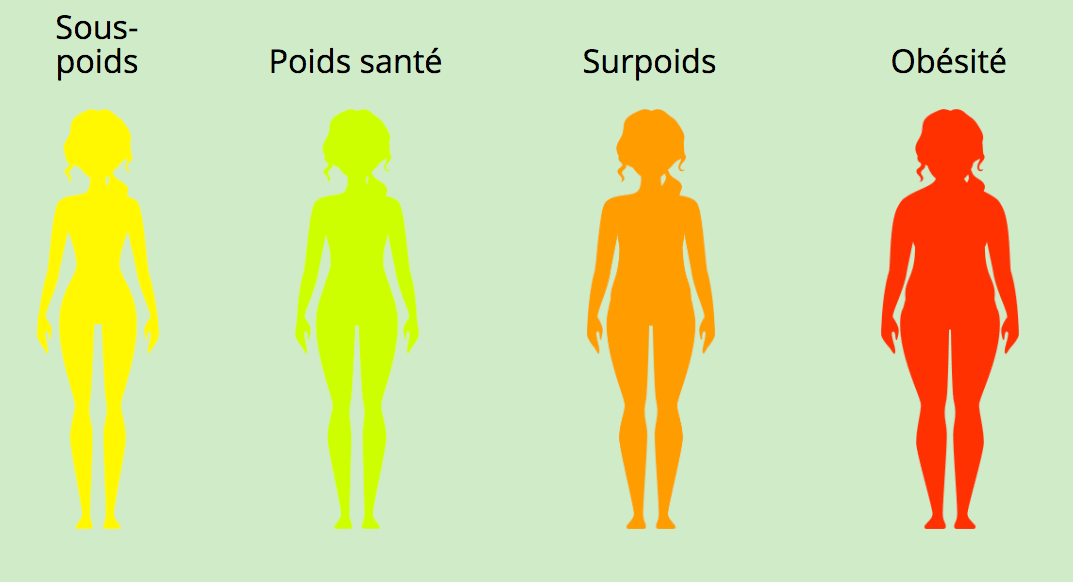
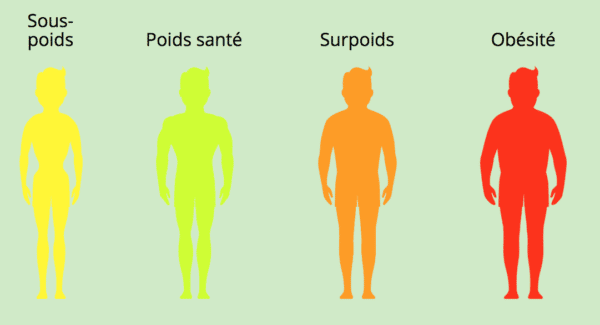
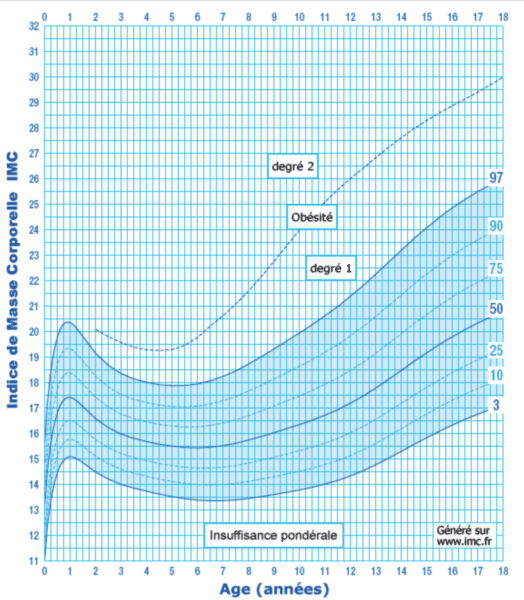
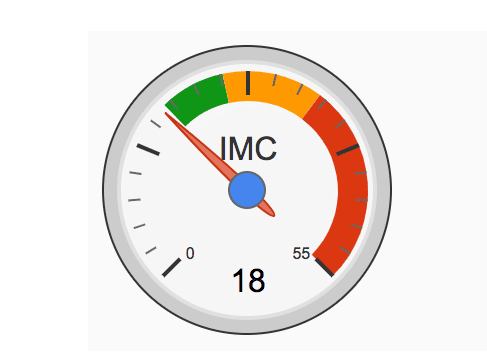








2 Comments
hello julien
your article is interesting but since not everyone has as much experience and years of training as you do to summarize your article we can use this method to see if we are overweight or not?
Yes of course it is a very good method to know if you are overweight in case you are not a bodybuilder or an experienced bodybuilder.